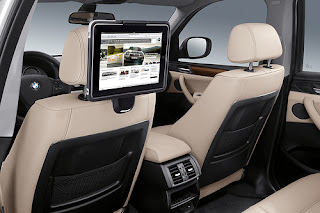Social media is most effective when it is incorporated into your entire online presence. Just setting up accounts on Facebook, Twitter and even Linkedin, don't magically drive traffic or business. Setting up a Blog sitting independently in cyberspace also has little effect. You need to attach your Blog to your business site and use this mechanism as a P.R. tool to disseminate information about your company, products and customers on a regular basis not just now and then. And it doesn't stop there. You need to make sure that your Blog postings are searchable via the social networks and bookmarks. It all needs to link and mesh. This has become the new SEO.
Many social networks enable you to consolidate your posts, so you can write and make one post on your Facebook page’s wall, and that post will then automatically be “tweeted” via your Twitter account, which will automatically post to your LinkedIn profile. These features save you time and money but not all postings are appropriate for each medium. Twitter is great for alerting people to an event for example, or a special one day offer with a coupon code, but don't expect to engage in conversation with customers. Facebook is better suited for that.
You have to build your online presence on Facebook and Twitter. Again, many business owners think this can happen in the space of a few weeks or a month. It's a long term, ongoing function of your marketing department or outside consultant and requires commitment. Don't start this process unless you have the commitment for an annual budget. Maintenance is required daily and maintenance means someone has to do it. The biggest mistakenly held notion is that marketing is suddenly going to cost nothing because social networks are free compared to advertising space which costs money. Both cost money and both need to be incorporated into your marketing strategy, but use each medium and tool properly and you will see traffic go up, brand image improve and ultimately sales also increase. And along the way you will learn about your customer base, your competitors and the market.






























